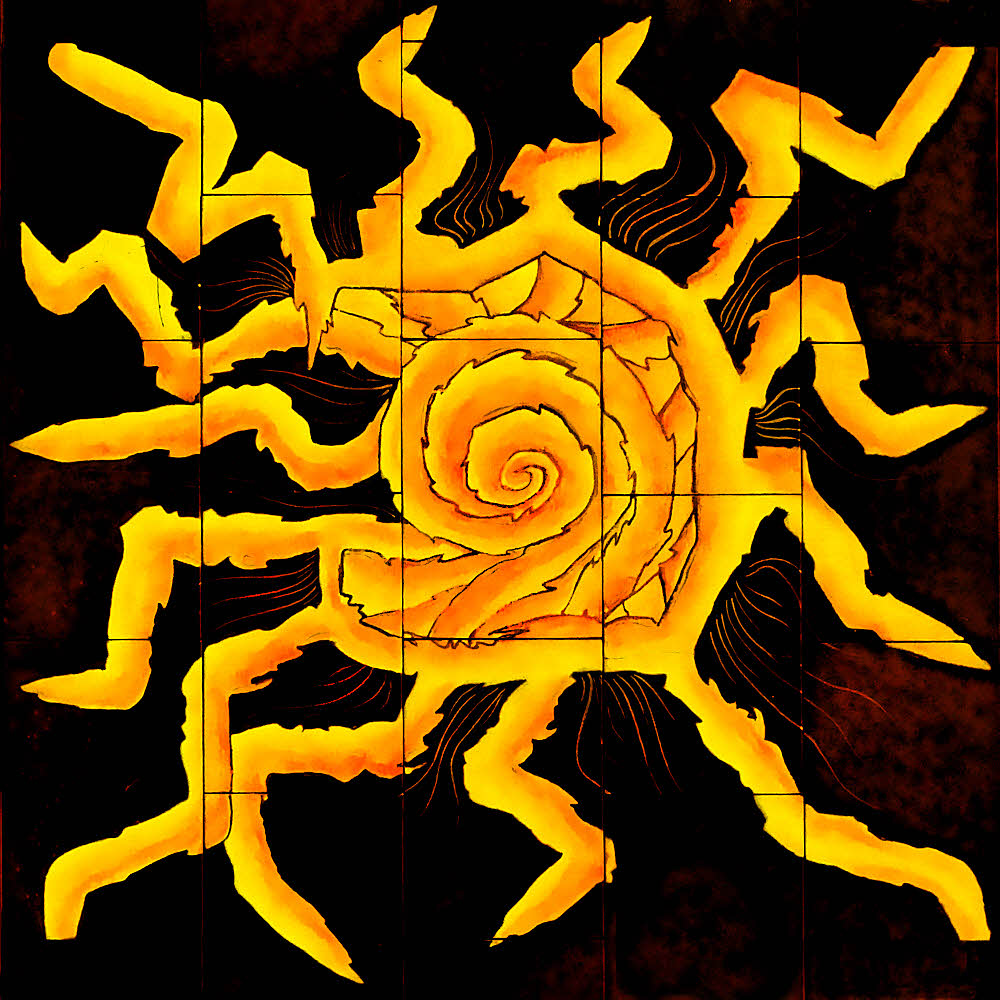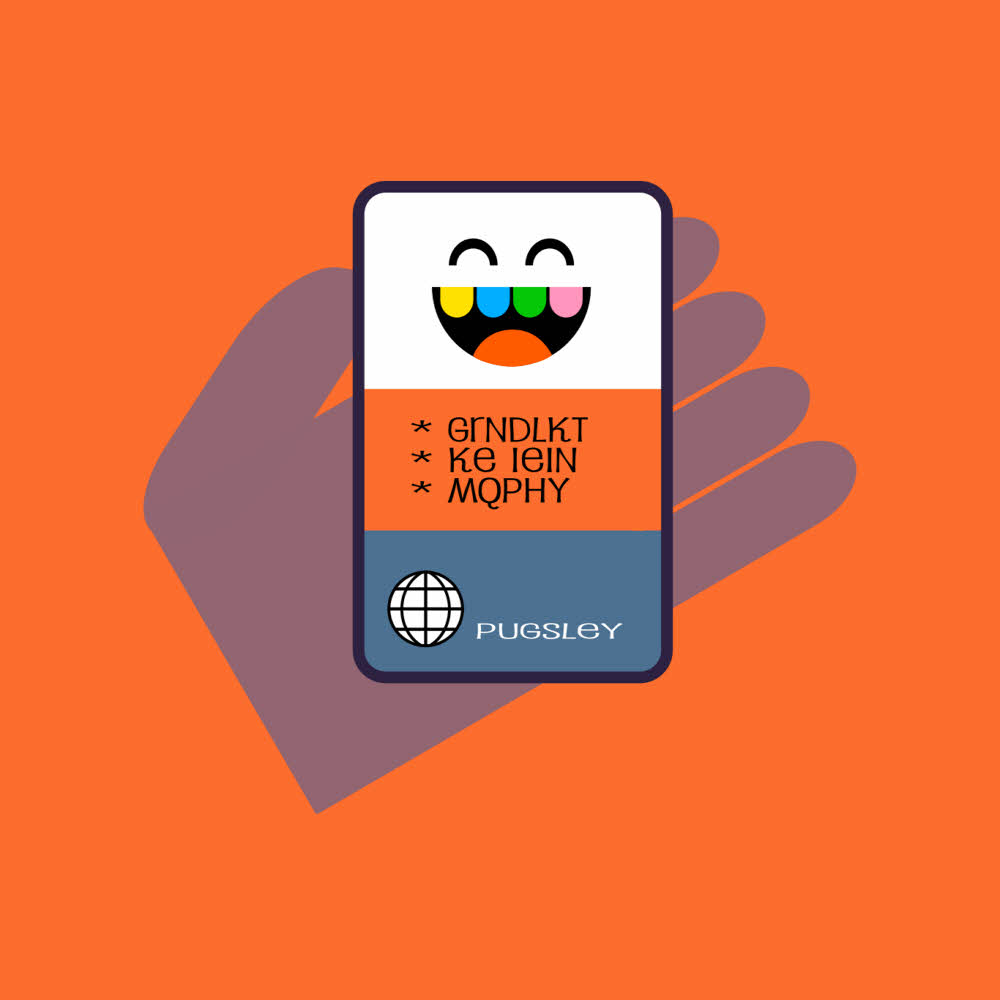Number three, a big one.

So you've decided to go backpacking, and you've decided to wear clothes while you do that.
Congrats. Now what?
Easy.
Take extra.
Mom told you this, but maybe you weren't listening. Well, get smart then and listen up once.
The Classic 10 Essentials have "Extra Clothing" right there on the list. What part of extra clothing is giving you cognitive constipation? Eh?
You know the meanings of
- Clothing, and
- Extra clothing.
Done.
So take it. Or not. It's up to you if you want to lie there uncomfortable all night, or even croak out a horrible plaintive call for help while you shiver yourself to death. Really. And don't phone me. I'm at home where it's warm and predictable and where I have plenty of cat toys to amuse myself with. (It's a hobby_, OK?)
But if you do decide to go backpacking, and to take some extras along, and go with the New Age bumfuzzle of saying "Insulation" when you mean "Extra Clothing", then you'll have to think about it.
Like what your goal is.
Want to stay warm? Then maybe taking extra is good. Though staying home is always safer.
Want to come home alive? Then maybe taking extra is good. Unless you take too much and that thing back there is able to catch you because you can't run so fast all loaded down like that.
Want to stay comfy? Then maybe taking extra is good. If you have someone else to carry it for you. Otherwise, it's a whole lot like work, don't you think?
Want to be annoying and whiny? Then maybe winging it is good, with no preparation whatsoever, and you get to die from it too. (They call that a toofer.)
As the high lords of backpacking say, "Conditions can abruptly turn wet, windy or chilly in the backcountry, so it's smart to carry an additional layer of clothing in case something unexpected prolongs your exposure to the elements." Can't beat that as an example of conventional advice, but there's more...
"Ask this question: 'What is needed to survive the worst conditions that could be realistically encountered on this trip?'"
Well, this is where "accepted wisdom" goes off the rails, crashes, and explodes.
It's hard to imagine anything much worse than being out there, farting contentedly after supper, and then looking up and realizing that you have about six seconds to tune your thoughts to the fact that the Earth is about to be hit by a giant flaming space rock. Headed for your tent.
In this case, you can tear up that little card listing the 10 Essentials because, really, they aren't. You should know this by now because we've been over some of the other items already. But maybe you're slow. Who can say? You never know what hikers are thinking, or even if they are thinking, so (fair warning here, folks) I'm not worrying about what you'd do. Expect the worst and prepare for it, or accept that no matter what happens, you're screwed.
Just to rub in how blindingly pointless this all is, have a couple definitions dealing with today's subject.
Hat: An undead thing worn on the head, in the sense that it can't be a live animal (or plant), and a dead one would be spooky, so it's something else, not living, not dead. Undead.
The simplest kind of hat is a bag worn over the head, such as a knit hat, which in some circles is called a tuque (or stocking cap), and is also fine when used for robbing banks.
This style of hat is good if you like to sleep late or bump into things, because it covers the eyes. It is possible to roll up the hat's bottom edge to uncover the eyes, but then the eyes get cold, so what's the point? Better to stay indoors in cold weather, as noted above.
Other hats have more complicated parts, but they're too hard to figure out, so let's stop here.
Wind Chill: (Also known as the Wind Chill Factor) A favorite dramatic device of poofy-haired TV weatherpersons, largely used to scare the stupid.
Here's what wind chill really is: How it feels to stand in a cold breeze.
Standing in a cold breeze makes you feel colder than you would if you had enough clothes on, or weren't stupid enough to stand in a cold breeze. Other than that wind chill is simply an amusing idea.
The reverse of wind chill, which we can use for an interesting example from the other end of the thermodynamic spectrum, is something that doesn't have a name, but we can call it, oh, say, scalding. That sounds good as far as it goes, but in fact it would be much more impressive (befuddlingly frighteningly impressive even) if we called it not just scalding but dynamically interactive superhot scald flow.
Just between you and me, what we're talking about for this exercise is pouring boiling hot water onto your hand.
Now, in case you are one of those brainless dumb-bunnies, please don't actually go and do this. Not right now. Give it about a week, so no one can trace where you got the idea, then have at it if you really need to. If you were to actually do this (which you shouldn't want to unless you are very, very stupid), well then you would get a big owie on your hand. The big owie you got from pouring hot water on yourself would be even bigger than the owie you got by simply sticking the same hand into a pot of hot water at the same temperature as the other hot water. (Don't do this either, OK?)
It's a bigger owie when the water flows because flowing water can run more heat past your hand.
You can probably understand that.
If not, then try harder.
Hint: because your hand soaks up more heat from more water.
Now getting back to wind chill, let's see if you can follow this. So what happens is that you get the opposite effect by standing in a cold wind with your nubbins hanging out. Standing around on a cold day with exposed nubbins will make you feel cold, but if the wind is blowing, then the air in that wind can make off with more of your body heat the way a crazed monkey can make off with your wallet a lot better if it's running away than just standing there, masturbating, and chewing on the wallet.
If you find a monkey standing there and chewing on your wallet, probably the best thing to do would be to grab the wallet, remove the valuable things, give back the wallet, and be on your way as quickly as possible, avoiding emotional involvement if you can, and before the monkey's relatives show up and begin sending out wedding invitations and putting up decorations. (Which might happen if you have the masturbating kind of monkey.)
You can do this if the monkey is preoccupied with its own nubbin thingy (or whatever they are called in polite society) and standing there, than if it is running away like crazy, which, unfortunately, crazy monkeys tend to do. But you might get lucky.
Not in that sense but in the sense of encountering a stationary masturbating monkey that won't nip off a finger and give you rabies besides while you engage in a brief tug-of-war to get your wallet back. All of this is in fact germane, though you might not think so at first (it becomes clearer on re-reading).
Confusion is what the poofy-haired weatherpersons are all about anyway, and it's completely possible that none of them really know what they're talking about. At all. In fact, it's likely. And if they do really know anything, they're trying to make it confusing. But it's not.
The thing about wind chill is that the temperature is exactly the same with wind chill and without wind chill. The only difference is that when the wind is blowing, even a little, you feel colder. Most people don't know this, but then again that isn't too surprising because you know what most people are like.
The odds are that you in fact are one of them. Have a nice day, if possible, and keep one eye on the sky.







